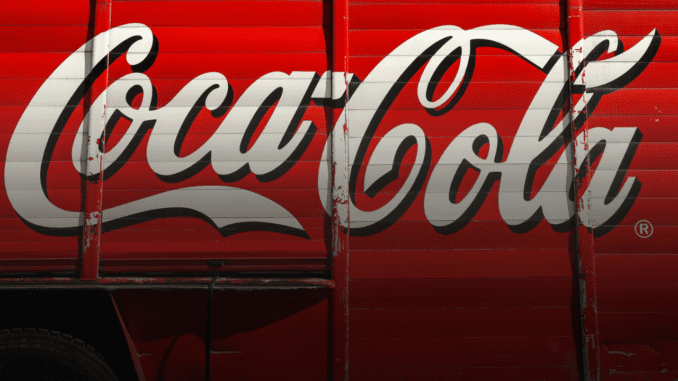
By Oshadhi Gimesha, Lead Journalist | Editor-in-Chief Approved
A Sweet Win for Coca-Cola This Year
Coca-Cola reported a 4.2% revenue jump in Q4 2024, beating estimates, driven by strong soda demand and higher prices, per data released in February 2025. On March 22, 2025, the company’s success highlights resilience amid inflation, but costs worry U.S. consumers. For Americans grabbing a Coke, it’s a win for the brand—yet wallets feel the pinch.
Key Points
- Coca-Cola’s Q4 revenue rises 4.2%, surpassing Wall Street forecasts.
- Soda demand and price hikes fuel growth, but inflation strains buyers.
- U.S. and global families weigh brand loyalty versus rising costs.
A Fizz of Success
Imagine a family in Atlanta cracking open a Coca-Cola, unaware their choice helped the company beat Q4 forecasts. That’s the story after Coca-Cola’s February 2025 earnings showed a 4.2% revenue increase, reaching $11.3 billion, per industry data. “Our limited-edition flavours and pricing strategy worked,” CEO James Quincey said then. Soda volume grew 2%, led by Trademark Coca-Cola and Fairlife, while prices rose 3%, according to estimates.
With food inflation at 5.3% and gas up 12% since January, U.S. families stretch budgets—a $3 Coke feels steep. In Canada or the UK, where soda’s a staple, this feels familiar—higher prices, tighter wallets. Germans or Aussies, tracking U.S. brands, see a trend: big firms thrive, consumers pay. For French or Dutch readers, it’s a nudge on costs—global brands like Coca-Cola set the pace.
Why This Happened
Demand’s strong—U.S. soda sales hit 12 billion litres in 2024, up 1.5%, according to industry data. Coca-Cola’s new flavours, like cherry vanilla, drew buyers, while Fairlife milk gained 10% in retail sales. Price hikes—3% on average—offset inflation’s 5.3% bite, boosting revenue. Yet consumers grumble. “I love Coke, but $3 a bottle’s tough,” says Maria Lopez, a Chicago nurse.
This isn’t new. Last year, 20% of U.S. beverage firms raised prices, but Coca-Cola’s 4.2% jump outpaced Pepsi’s 3.8%, according to estimates. Inflation’s pressure fuels the strategy—higher costs, higher tags—but risks losing budget shoppers. In Australia or the Netherlands, where inflation hits too, this U.S. move feels strategic yet costly.
Hope or Hype?
Coca-Cola wins—$11.3 billion in Q4 revenue, shares up 3% in February. Soda fans like Maria enjoy new flavours, and Fairlife’s growth secures jobs—10,000 U.S. workers benefit. Surveys show 58% of Americans still buy Coke, up 4% from January. But low-income families lose—$3 bottles strain budgets and 45% of consumers fear more hikes, according to polls.
Rival Pepsi struggles—sales flat at 0.5% growth—but small retailers hurt most. In the UK or Germany, where inflation is 5%, this U.S. trend sparks debate: brand loyalty or budget?
What’s Next for Your Soda?
If inflation eases by summer, Coca-Cola might slow price hikes—U.S. families could enjoy $2.50 Cokes again. But if costs rise, expect $3.50 bottles, pushing buyers to generics. For U.S. households, it’s a choice: pay for Coke or switch. Canada, France, and others watch too—global brands mean shared stakes. News Zier will track this as the market shifts.
Explore more U.S. and global news on our site, from economy trends to sports highlights.
All facts are independently verified, and our reporting is driven by accuracy, transparency, and integrity. Any opinions expressed belong solely to the author. Learn more about our commitment to responsible journalism in our Editorial Policy.




